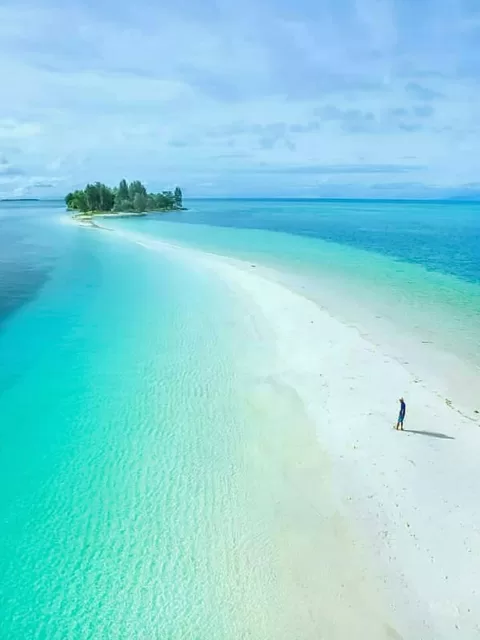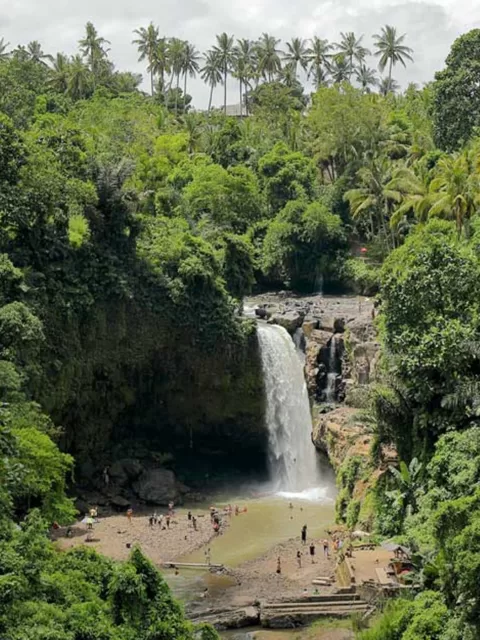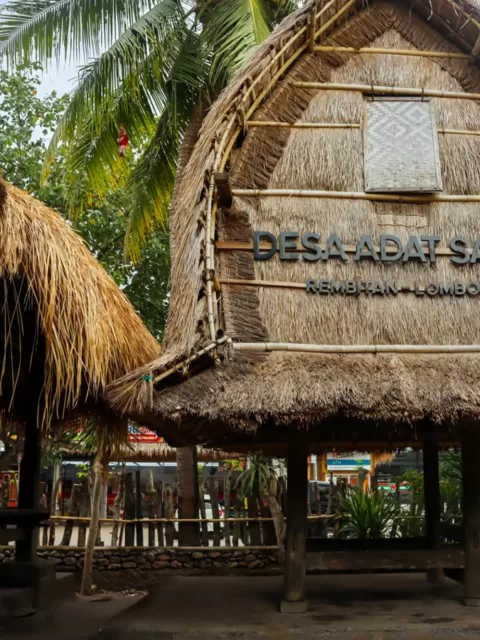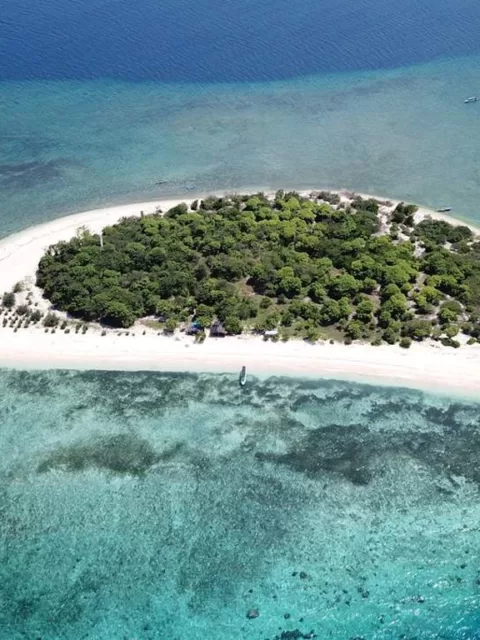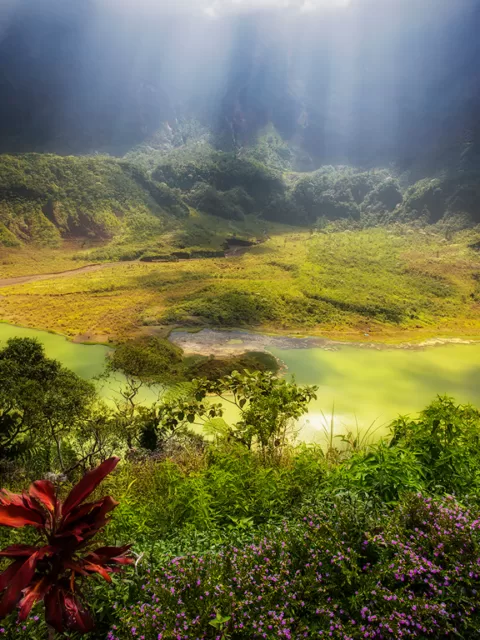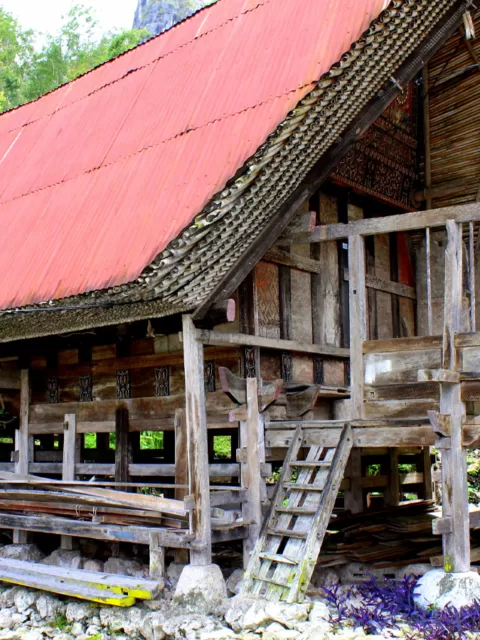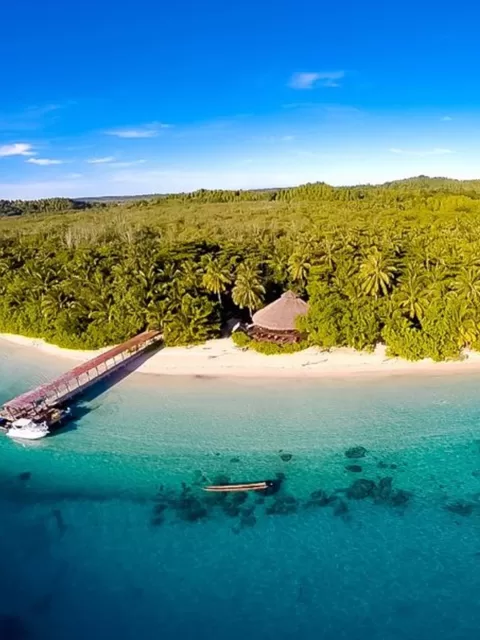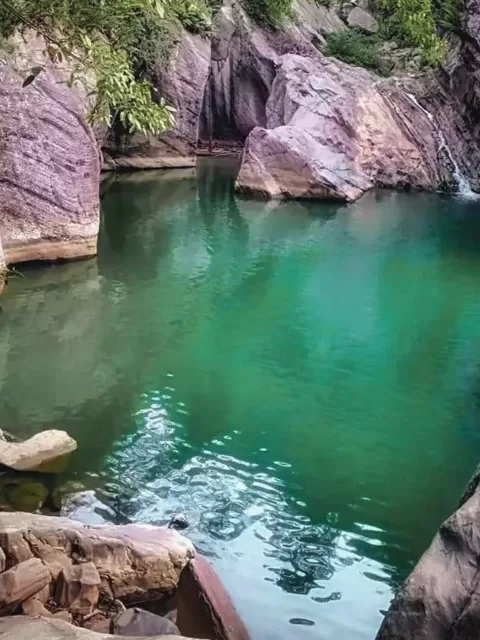Bunaken National Park: A Marine Biodiversity Hotspot
Bunaken National Park: A Marine Paradise
Bunaken National Park is a marine park located in the Coral Triangle, one of the world’s most biodiverse regions. The park is home to over 70 species of coral and 1,300 species of fish, making it a popular destination for diving and snorkeling.
What Makes Bunaken Unique?
Bunaken National Park is unique for its high level of marine biodiversity. The park’s waters are home to a wide variety of coral reefs, seagrasses, and mangroves, which provide habitat for a diverse range of marine life. Bunaken National Park is also home to several endangered species, such as the hawksbill turtle and the green turtle.
The Importance of Marine Biodiversity
Marine biodiversity is important for a number of reasons. Coral reefs provide coastal protection from storms and erosion, and they also support a wide range of fisheries. Seagrasses and mangroves provide habitat for fish and other marine life, and they also help to filter water and improve coastal quality.
Exploring the Marine World of Bunaken
Must-See Diving and Snorkeling Spots
Bunaken National Park is home to a number of world-class diving and snorkeling spots. Some of the most popular spots include:
- Bunaken Island: This island is known for its diverse coral reefs and its abundance of marine life.
- Manado Tua Island: This island is home to a unique underwater volcano and a variety of coral reefs.
- Siladen Island: This island is known for its crystal-clear waters and its abundance of fish and other marine life.

Liang Beach and Bunaken Timur are also among the top diving spots in the park. These areas offer steep walls adorned with corals, sea fans, and sponges. For snorkelers, Siladen Island offers shallow reefs brimming with colorful marine life. Each dive site presents its unique set of marine species, ensuring that every dive is a novel experience.
Encounters with Marine Life
Visitors to Bunaken National Park have the opportunity to encounter a wide variety of marine life. Some of the most common animals that can be seen include:
- Clownfish: These colorful fish live in symbiotic relationships with sea anemones.
- Parrotfish: These fish have brightly colored beaks that they use to eat coral.
- Anemonefish: These brightly colored fish live in sea anemones.
- Turtles: Bunaken National Park is home to several species of turtles, including the hawksbill turtle and the green turtle.
- Sharks: Bunaken National Park is home to a variety of sharks, including the whitetip reef shark and the blacktip reef shark.

Tips for Responsible Marine Tourism
When visiting Bunaken National Park, it is important to practice responsible marine tourism. Here are a few tips:
- Do not touch or remove any marine life or coral.
- Be aware of your surroundings and avoid damaging the coral reefs.
- Use a sunscreen that is reef-safe.
- Dispose of trash properly.
- Support local businesses.
Conserving Bunaken National Park for Future Generations
Threats to Bunaken
Bunaken National Park faces a number of threats, including:
- Pollution: Pollution from coastal communities and tourism can damage the coral reefs and marine life in Bunaken National Park.
- Overfishing: Overfishing can deplete fish populations and disrupt the marine ecosystem.
- Climate change: Climate change is causing sea levels to rise and ocean temperatures to increase, which can damage coral reefs and marine life.
Conservation Efforts in Bunaken
The Indonesian government and a number of non-profit organizations are working to conserve Bunaken National Park. Conservation efforts include:
- Marine education: Educating local communities and tourists about the importance of marine conservation is essential for protecting Bunaken National Park.
- Sustainable tourism practices: Promoting sustainable tourism practices, such as using reef-safe sunscreen and disposing of trash properly, can help to reduce the impact of tourism on the park.
- Marine protected areas: Marine protected areas can help to protect coral reefs and marine life from overfishing and other threats.
How You Can Help Conserve Bunaken
There are a number of things that you can do to help conserve Bunaken National Park:
- Support local businesses that are committed to sustainable tourism.
- Use reef-safe sunscreen and dispose of trash properly.
- Educate others about the importance of marine conservation.
- Donate to non-profit organizations that are working to conserve Bunaken National Park.
Planning Your Trip to Bunaken
When to Visit Bunaken
The best time to visit Bunaken National Park is during the dry season, which runs from May to October. During the dry season, the weather is sunny and the water is clear.

How to Get to Bunaken
The easiest way to get to Bunaken National Park is to fly into Manado International Airport (MDC). From the airport, you can take a taxi or bus to the town of Bunaken. From Bunaken town, you can take a boat to Bunaken Island or one of the other islands in the park.
Where to Stay and Eat in Bunaken
There are a number of hotels and guesthouses on Bunaken Island and the other islands in the park. There are also a number of restaurants serving a variety of cuisines.
Additional Tips for Travelers to Bunaken
Packing for Bunaken
When packing for Bunaken National Park, be sure to pack the following items:
- Snorkeling gear: If you plan on snorkeling, be sure to pack a mask, snorkel, and fins.
- Sunscreen: Be sure to use reef-safe sunscreen to protect the coral reefs.
- Hat: A hat will protect you from the sun.
- Sunglasses: Sunglasses will protect your eyes from the sun and glare.
- Camera: Be sure to bring your camera to capture all of the amazing underwater sights.
What to Bring on Diving and Snorkeling Trips
In addition to the items listed above, you may also want to bring the following items on diving and snorkeling trips:
- Water: Stay hydrated by drinking plenty of water.
- Snacks: Bring some snacks to keep your energy up.
- Change of clothes: You may want to change into dry clothes after your dive or snorkel.
- First-aid kit: A first-aid kit is always a good idea to have on hand.
Respecting Bunaken’s Marine Life and Environment
Here are some tips for respecting Bunaken National Park’s marine life and environment:
- Do not touch or remove any marine life or coral. This includes fish, shellfish, sea stars, and other marine animals, as well as coral reefs and seagrass beds. Touching or removing marine life can damage them and disrupt the ecosystem.
- Be aware of your surroundings and avoid damaging the coral reefs. This includes being careful not to step on the coral reefs or bump them with your fins. When snorkeling or diving, try to stay above the coral reefs and avoid swimming too close to them.

- Use a sunscreen that is reef-safe. Many sunscreens contain chemicals that can damage coral reefs. Be sure to choose a sunscreen that is labeled “reef-safe” or “oxybenzone-free.”
- Dispose of trash properly. This includes all trash, including cigarette butts, plastic bags, and food wrappers. Be sure to put your trash in a designated trash can or take it with you when you leave the park.
- Support local businesses. Supporting local businesses that are committed to sustainable tourism can help to protect Bunaken National Park. When booking your trip, look for businesses that are certified by organizations such as the Green Globe or the Marine Stewardship Council.
By following these tips, you can help to ensure that Bunaken National Park remains a pristine underwater paradise for future generations to enjoy.
Ensuring a Safe Trip: Health and Safety Tips
- Staying Hydrated and Sun Protection. The tropical climate of Bunaken means high temperatures and humidity. Always carry a reusable water bottle to stay hydrated. Given the intense sun, wearing hats, and sunglasses, and applying reef-safe sunscreen regularly is a must to prevent sunburn.
- Ensuring Safe Dives. Always dive with a buddy and adhere to your training. Monitoring your air supply, being aware of currents, and understanding signs of diving illnesses like decompression sickness can ensure safe diving experiences.
- Respecting Local Customs and Traditions. While the locals of Bunaken are warm and welcoming, it’s crucial to respect their customs. Dress modestly when not on the beach, seek permission before taking photos, and always listen to local guides’ advice.
In conclusion, Bunaken National Park is a mosaic of vibrant marine life, rich cultural traditions, and untouched natural beauty. Whether you’re a diving enthusiast, a culture lover, or a nature aficionado, Bunaken offers experiences that resonate and memories that last a lifetime. With responsible tourism, every visitor can play a part in ensuring that this marine paradise retains its charm for generations to come.



